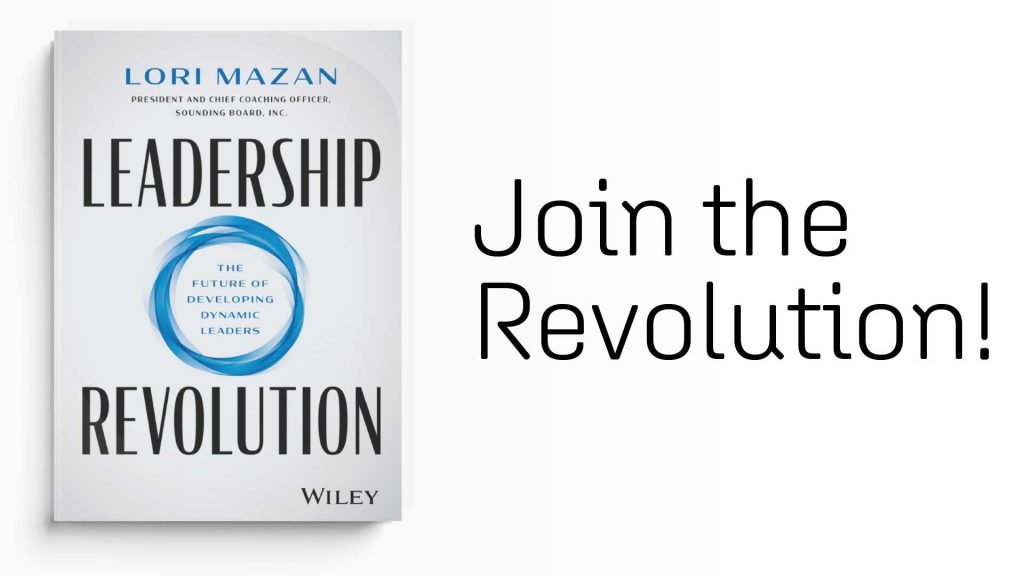You know when you’re performing really well, and you feel like you’re just “in the groove” and feeling confident and capable. Or on the flip side, when you just can’t seem to focus, burnout is getting to you and tasks are piling up.
In the former state, it is said that a person is experiencing flow, while in the latter, a person lacks the right momentum to achieve flow that can drive the ultimate performance. The thing is, knowing and understanding what the flow model is and its application in the workplace can drive your workforce into achieving higher productivity and increasing performance levels.
In this article, we are going to break down the whole concept of the flow model and explain how you can use it to improve organizational performance.
What Is the Flow Model?
The Flow Model was developed by positive psychologist Mihaly Csikszentmihalyi, and thus referred to as the “Csikszentmihalyi Flow model”. It intends to look at what drives people to the state of flow and how one can achieve it. Flow is a state of the mind or rather a mental status where one is completely involved and tied up in some activity with the utmost focus.
In his research about flow and its correlation with work performance, Csikszentmihalyi developed the term “flow state”, which he describes as a state of complete involvement and immersion in an activity. He says, the experience of flow is extremely pleasant such that people will keep performing a task regardless of the challenges they face.
Other than making work more enjoyable, Csikszentmihalyi argued that when people are in the “flow state”, they experience greater and increased levels of happiness and satisfaction in their activities. For instance, people he interviewed, like artists, stated that they were highly productive, creative and that their work seamlessly flowed without putting in much effort when they were in the “flow state”. So achieving flow is not only important for increasing the workforce’s productivity but also satisfaction, which can be imperative in managing employee retention.
Characteristics of Csikszentmihalyi Flow Model
According to Csikszentmihalyi, certain factors describe the state of flow or accompany the experience. Here are some notable ones:
- Complete concentration and focus on the activity or task that one is undertaking.
- A sense of serenity and loss of self-consciousness.
- The work is intrinsically motivating and rewarding by itself, in that, the undertaking is a reward in itself.
- State of timelessness because one is fully focused on the present moment.
- Feeling of control over the situation, outcome, and the potential to succeed.
- People know that the work is doable and there’s a balance between challenges posed and the level of skills.
- There are clear goals that are attainable and people know how to achieve them.
Flow Model in a Workplace
It is no secret that workplace performance may sometimes suffer from obstructions such as boredom, anxiety, or apathy. Essentially, these conditions lead to underperformance from the employees, thus it is necessary to implement the flow model in our workplaces. This can go a long way in enhancing employees’ productivity and overall performance of the organization. Here are three conditions stated by Csikszentmihalyi for achieving flow in the workplace.
1. Setting Clear Goals
Let’s face it; to achieve success you require a goal to pursue. Similarly, to achieve flow, you need to set and clearly define your goal. In a chess game, for instance, players are likely to experience flow as they have definite goals, which require specific responses and attention. And just like in achieving success in other obligations, a goal is the precursor to achieving flow.
2. Creating Balance
Here, you need to create a balance between one’s perceived skills and the challenges of the task. In other words, for flow to be achieved, the challenges presented need to match with the employee’s capability.
3. Providing Feedback
Feedback is paramount in reviewing performance and understanding progress. The tasks need to demonstrate clear and immediate feedback to the person. This helps in making adjustments to meet any changing demands and moving in the right direction.
When all three conditions are met, one is likely to enjoy the task, making it easy for flow to occur. So, as HR or an organizational leader, creating a workplace environment that allows for flow will increase happiness and attainment of the flow model by your workforce.
Flow Model and Leadership Coaching
While anybody can achieve flow, the ability and likelihood to experience flow can vary from one person to another. For instance, people with an autotelic personality, often characterized with low self-centeredness and persistence, are more likely to experience flow than other people. In short, people experience flow with different levels of effort. And that’s where coaching comes into play.
Apart from catering for the three conditions identified by Csikszentmihalyi, integrating flow in the entire organization may require decisive leadership. A leadership coach can unlock the hidden potentials and provide constructive feedback necessary in elevating the team as a whole. Like in military marching, they usually have a leader to direct and maintain their ‘flow’.
The same standard can be applied to the flow model in an organization’s leadership. Coaching will not only guide in setting clear goals and providing feedback, but it’ll also help to eradicate challenges such as apathy and anxiety. So, to seamlessly induce flow in your team, you might consider providing leadership coaching to your employees.
At Sounding Board, we have the right leadership coaches that can streamline induction of the flow model for better employee and business performance. Contact us to learn more about leadership coaching.











